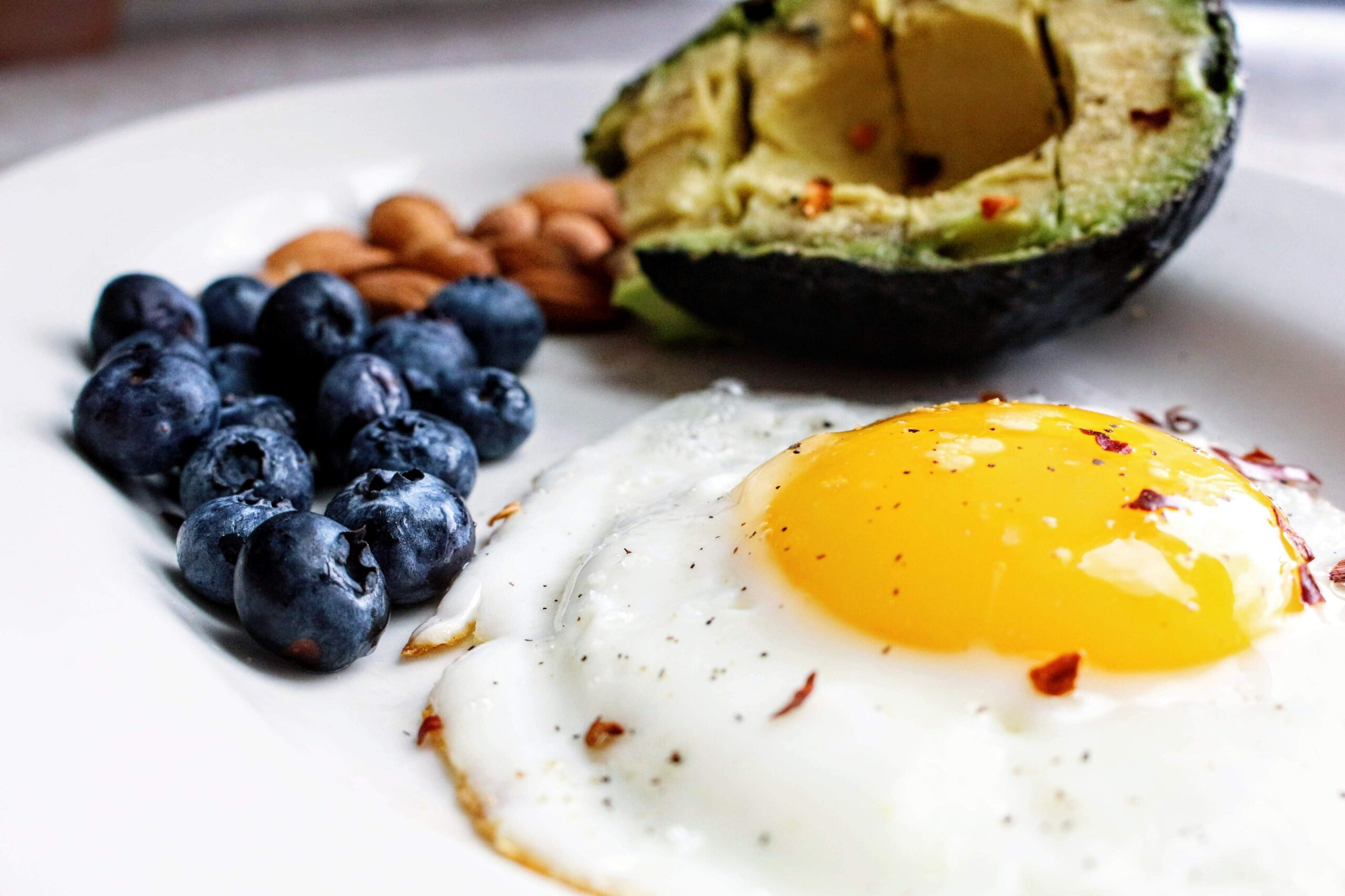•••
We’ve heard of the Paleo diet, the Mediterranean diet, the South Beach diet, the Carnivore diet, the Ketogenic diet, the Adkins diet, the Raw Food, Vegan diet, the Traditional Vegetarian diet and a host of other diets. But which diet is the best diet in the world? Relax! There is no best diet in the world. Every food you put in your mouth is a poison, including all fruit, all vegetables, all herbs and spices, all minerals and all vitamins. Yes, eggs are poison, grass fed/grass finished liver is definitely a poison. Seafood is poison. Spinach and watercress and broccoli are poisons. Yet these are our only options. Even pure water is a poison. Even breathing in oxygen is poison. The question is not what is the best diet in the world — everybody is different and every food must be tailored to the individual’s needs and constitution.
The best diet in the world is knowing which food to take at what time, and how much of it. For one individual, a 95% whole-food plant-based diet may be necessary to heal their heart disease or congestive heart failure; for another person, a 20% animal based, organ meat diet may be needed to help heal their bloated, leaky gut, with small intestinal bacterial overgrowth (SIBO). But the general rule we know is that, a well balanced diet must constitute a variation of animal protein and plant carbohydrates and protein, with an adequate amount of healthy fats — if there is such a thing as healthy fats!
The average, athletic human can only digest max 40 grams of animal protein per day — not per meal, but per day. Yes we need animal protein — but not too much of it. A 100% vegetarian diet may seem like a good idea at first, but such a restricted diet will eventually put that individual at high risk of health problems later down the road. It may take 4 years, or it may take 40 years before the poisons start manifesting. Same thing, a 100% animal protein diet — the carnivore diet — (even with organ meat) is going to affect that individual later on down the road. It may be noticed at 4 years — and definitely by 10 years or less. So everything must be balanced and tailored to each individual’s atomical, molecular, genetical, enzymatic and biophysical constitution.
A raw vegan diet may be excellent for someone who has abused their body with a high animal protein diet, that has clogged their arteries, raised their LDL cholesterol and caused them to develop type II diabetes. However, a continuation of this diet without cease for 10 years may result in toxic plant poisons building up in that individual’s blood, tissues and lymphatic system.
A carnivore diet may seem to heal someone’s Crohn’s disease after 4 months, but the continuation of this restriction diet may result with an exhausted and compromised immune response — not to mention the damaging effects on tissues, connective tissues and basal wall membranes of their capillaries, with all that indigestible protein collagen clogging those said connective tissues and basal wall membrane — depriving them of adequate blood supply and oxygen.
So we may not know what the best diet in the world is — it depends on many factors of the individual. Some peoples’ bodies may need more cooked vegetables, some more raw, some organ meat, others may need lots of specific fruit and fiber. What we do know as a general guideline is that the human body was definitely designed to eat no more than 40 grams of animal protein per day — because our stomach acid is weak in comparison, and because animal protein encourages high amounts of histamine — especially fried — which is not that all good. Our bodies were also meant to consume a fair amount of leafy greens — both raw and cooked. We also need clean water — preferably spring water with natural minerals. And we also need a small amount of agreeable fats to make bile in our liver, and to digest the fat soluble vitamins.
I do not recommend dairy, with the exception of grass fed butter. Grass fed butter is rich in vitamins A and B12. It also has copper and other minerals — too good to give up. But milk, for example, especially non-raw, homogeneous, A1 cow’s milk, fed soy and corn, is very artery and lymphatic system clogging.
So I’ve finally figured out the name of the best diet in the world! It has no name — it doesn’t exist!


If the aforementioned is correct i.e., animal products raise insulin, then: